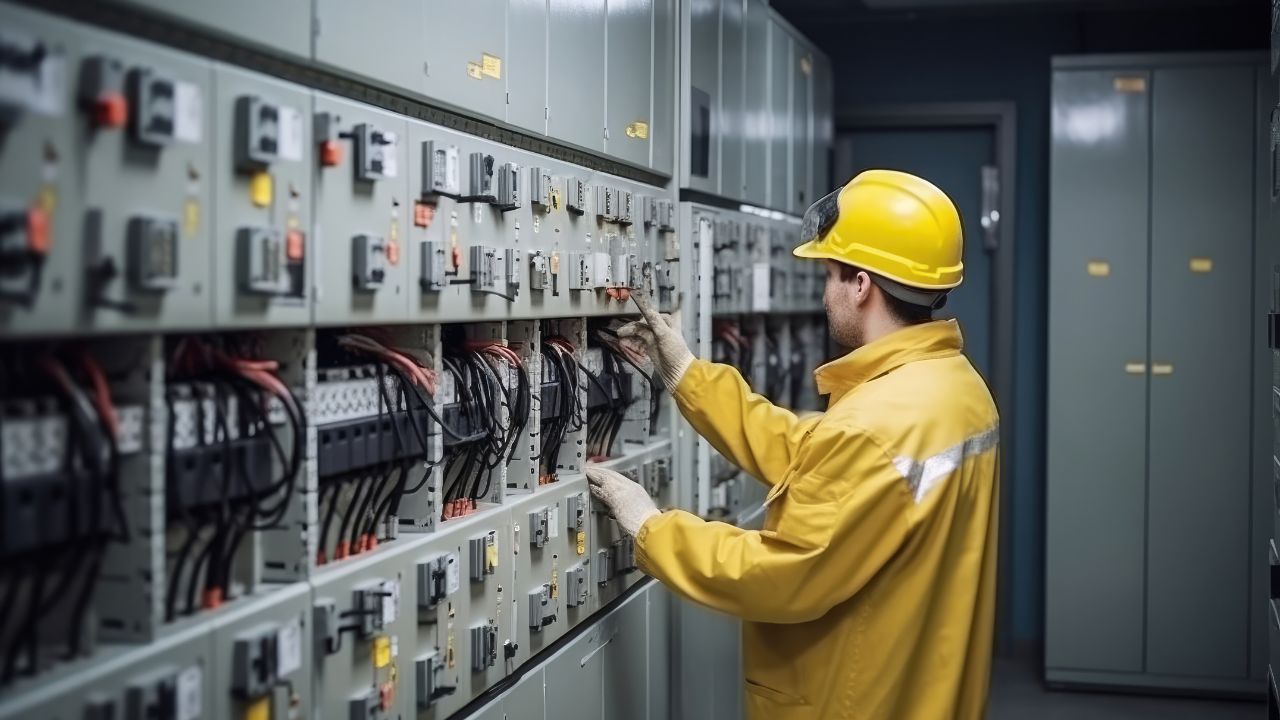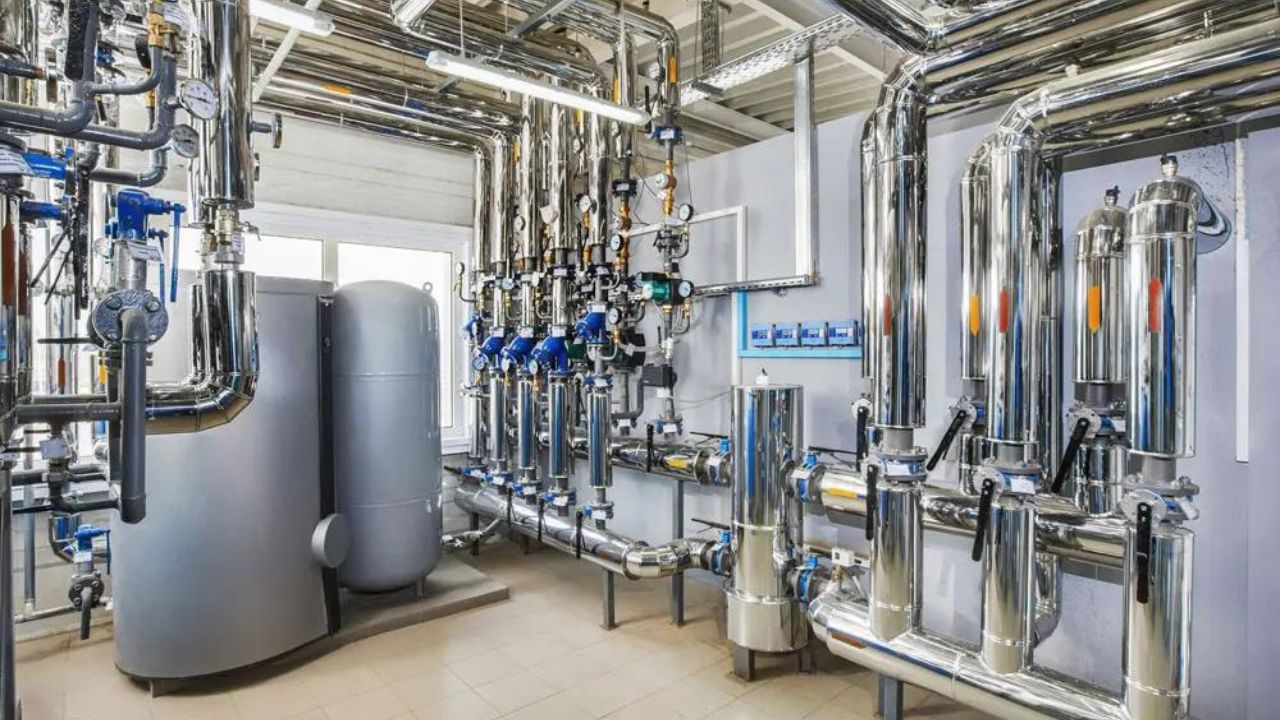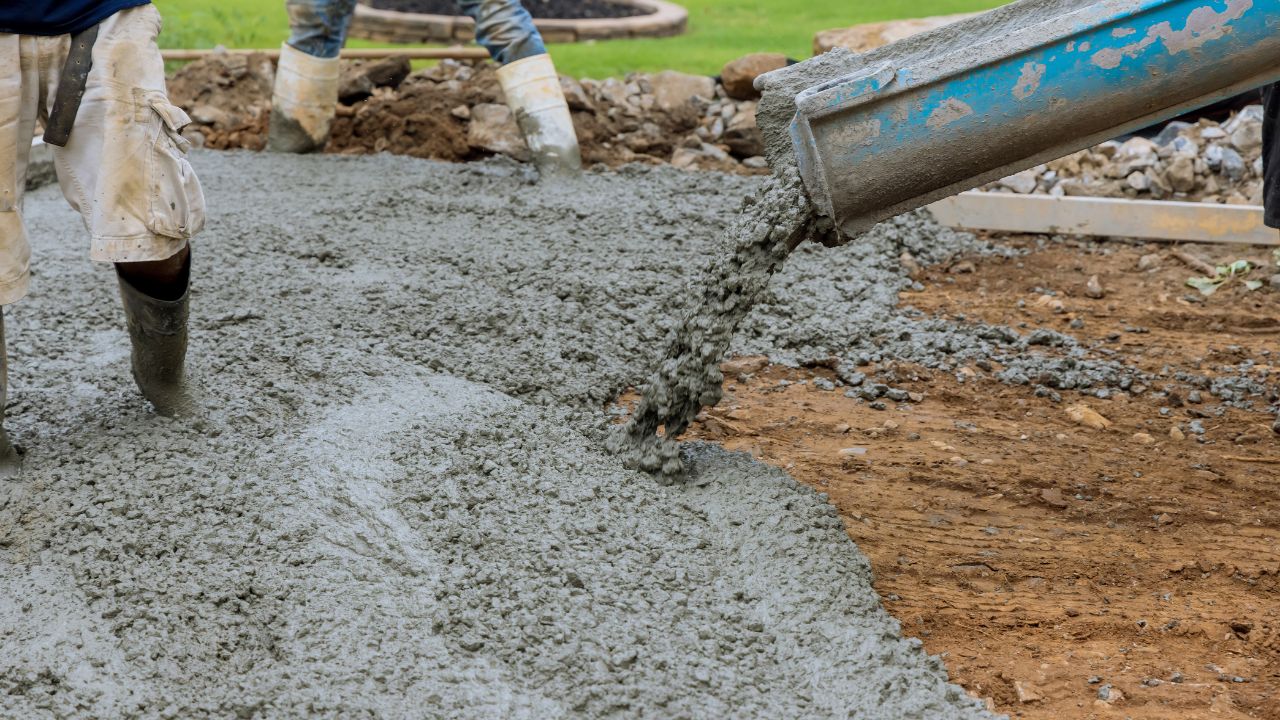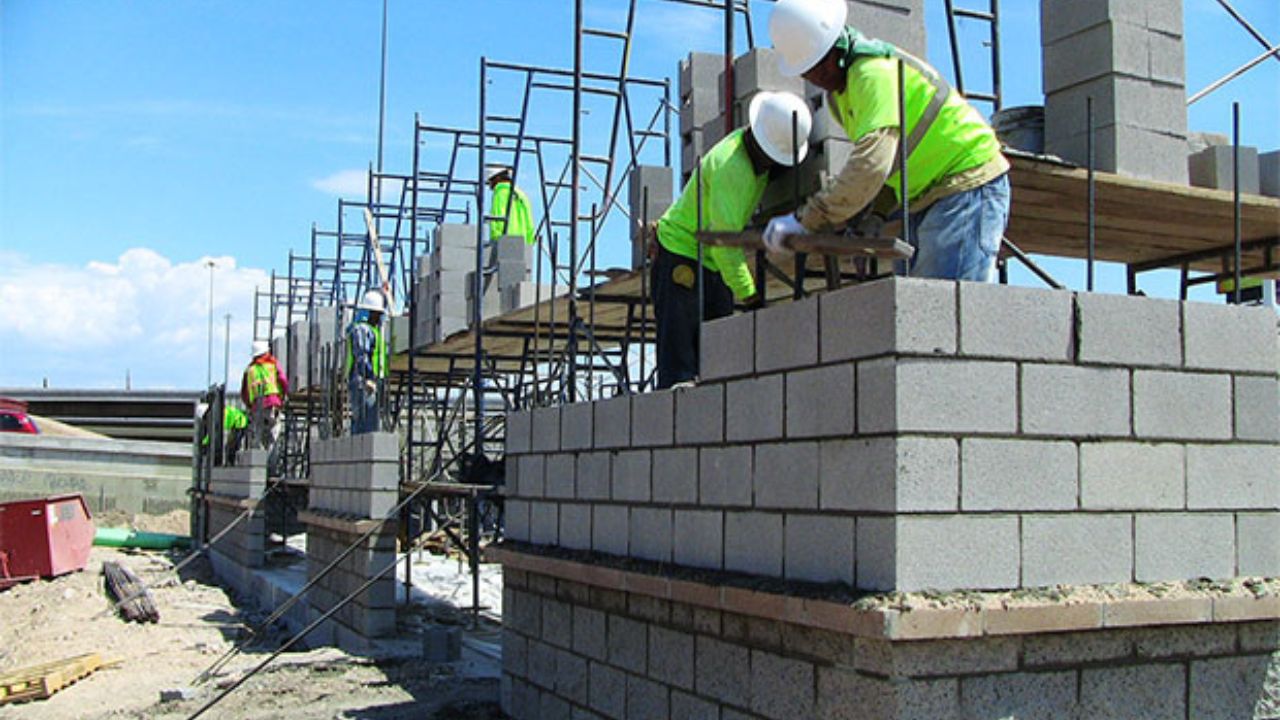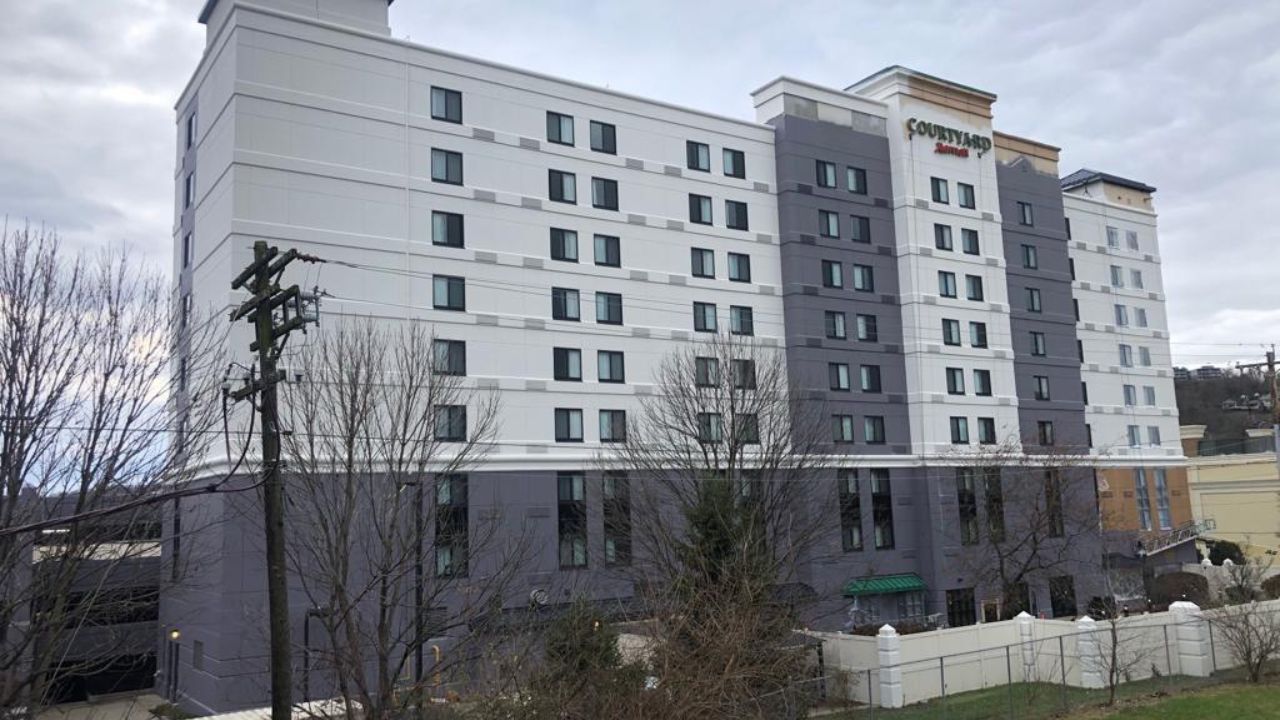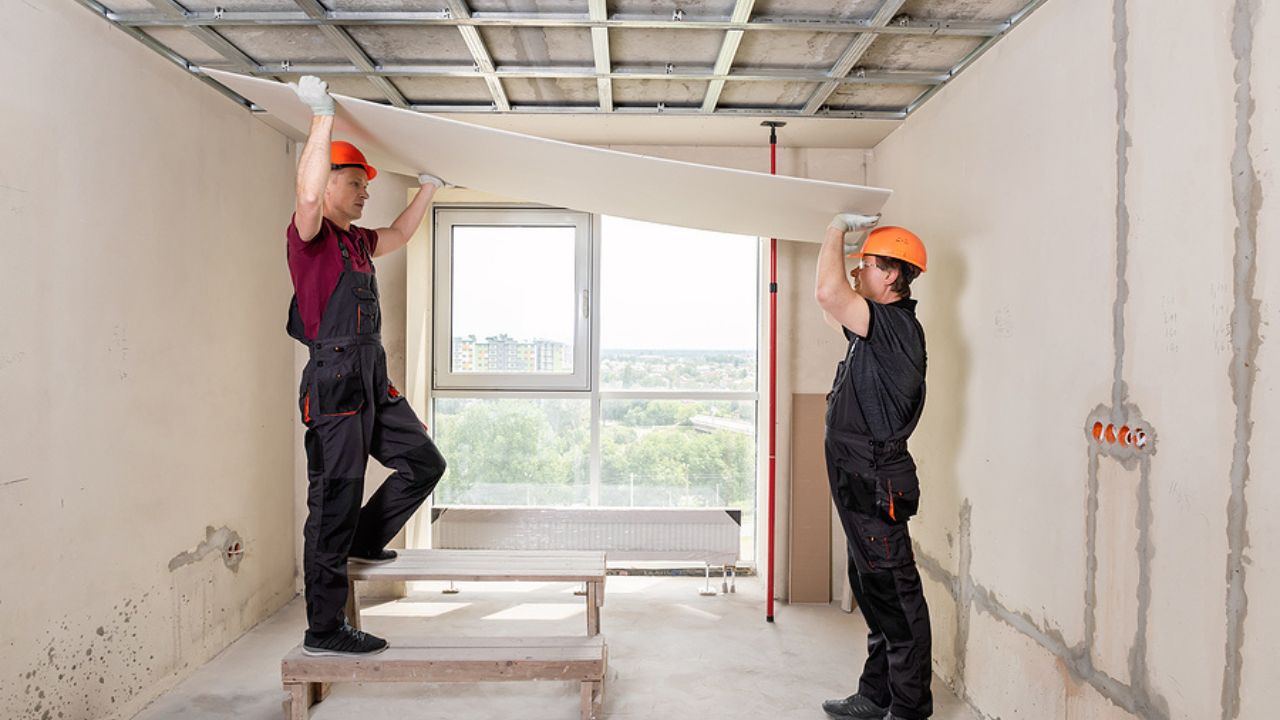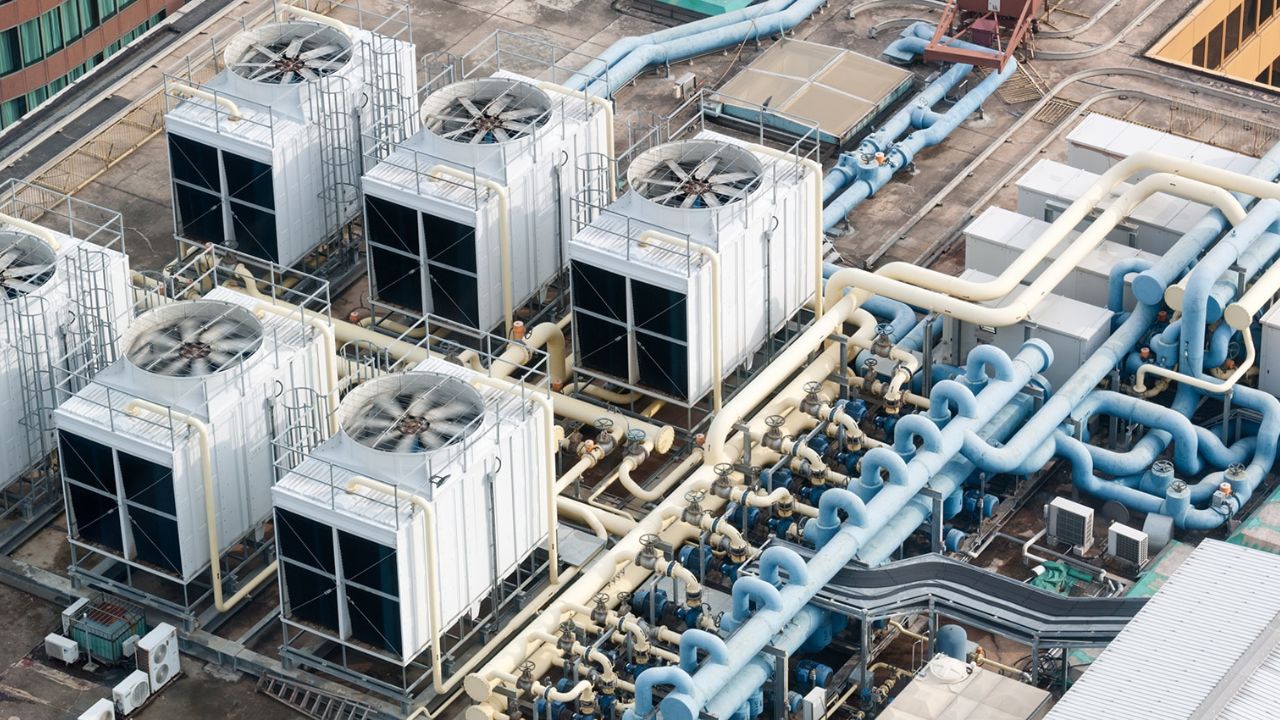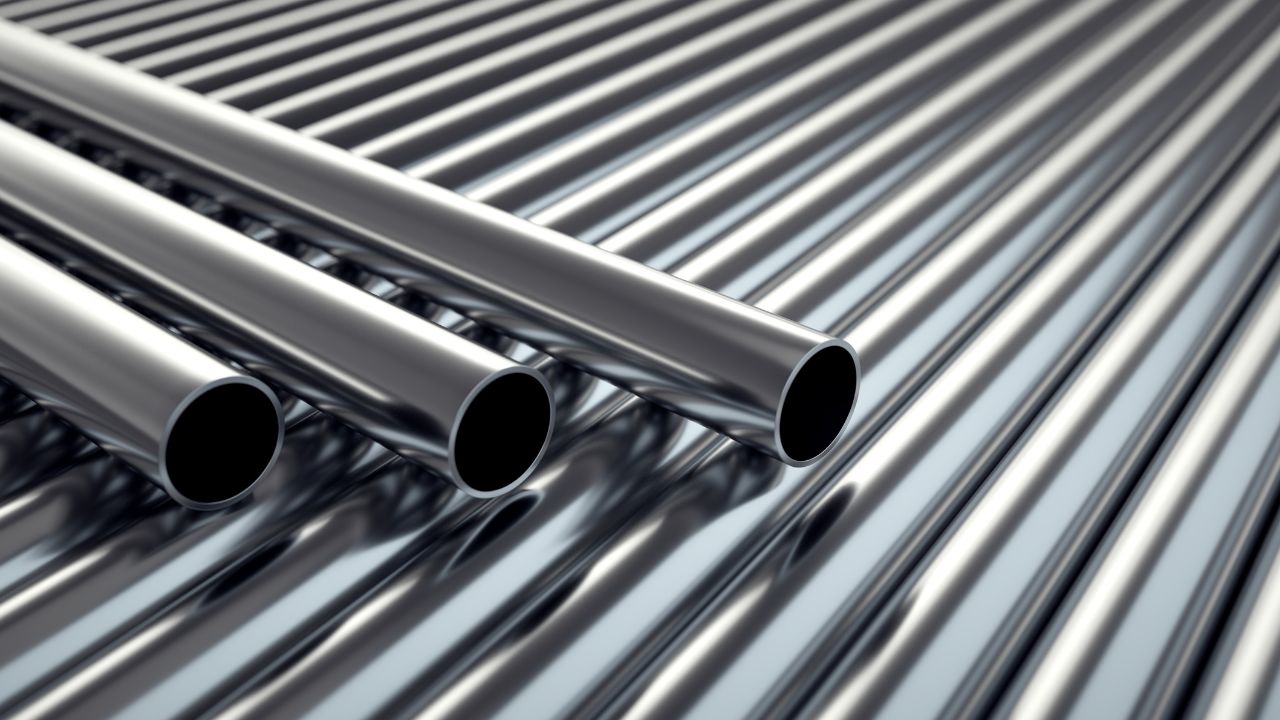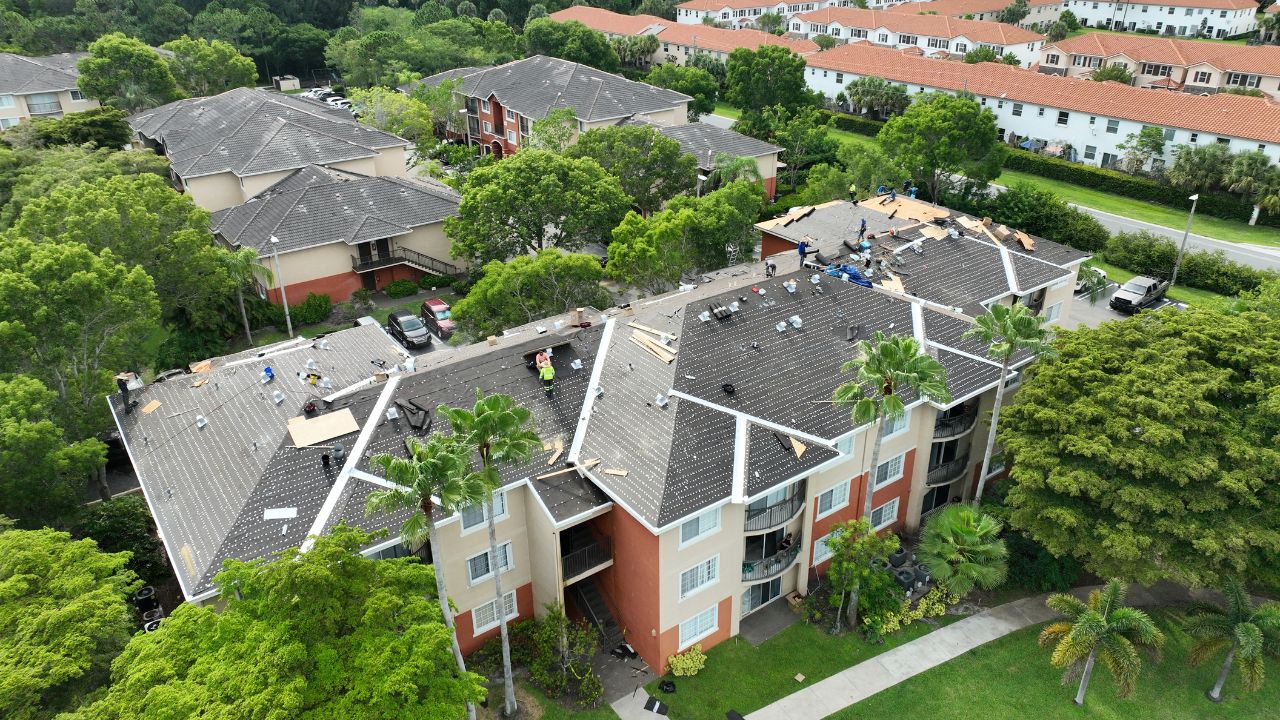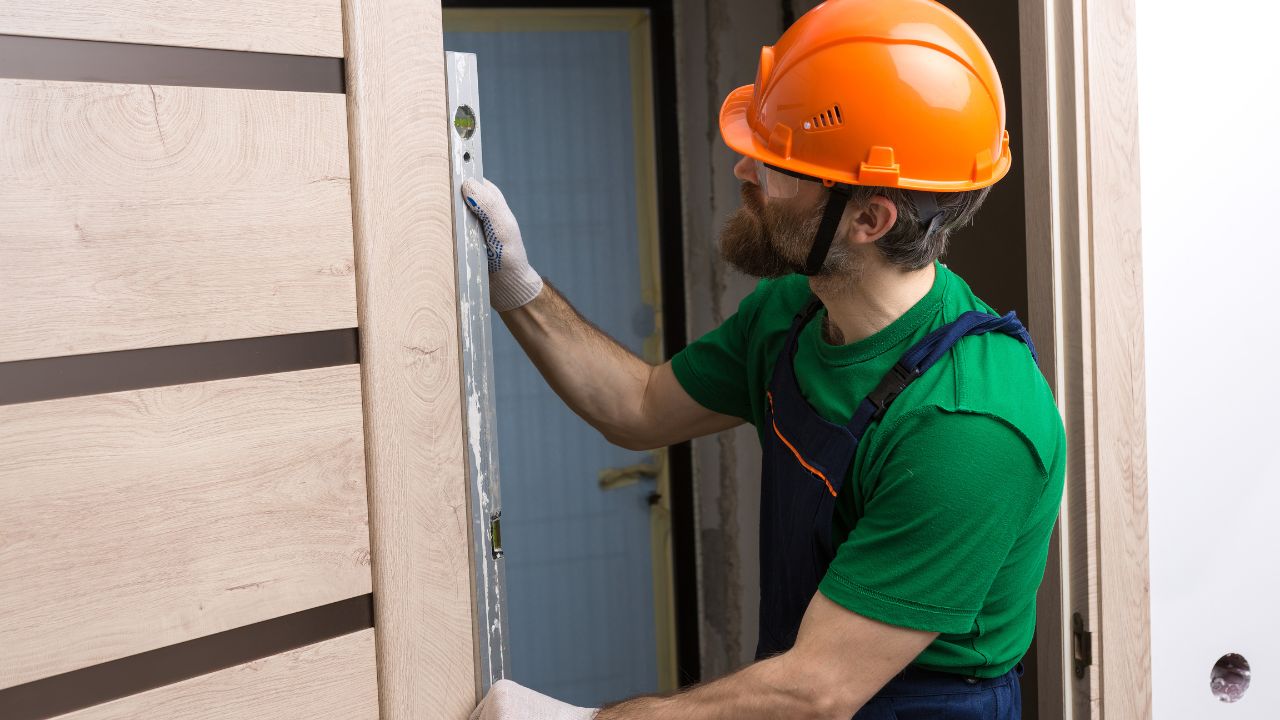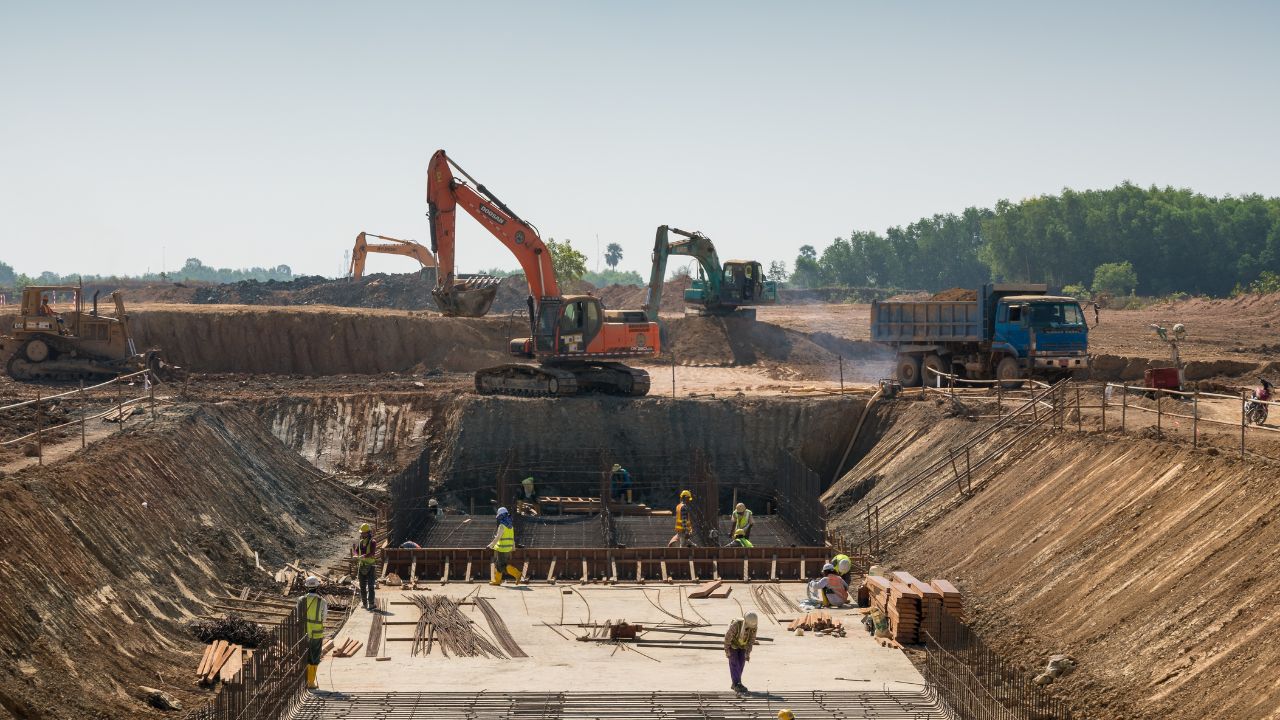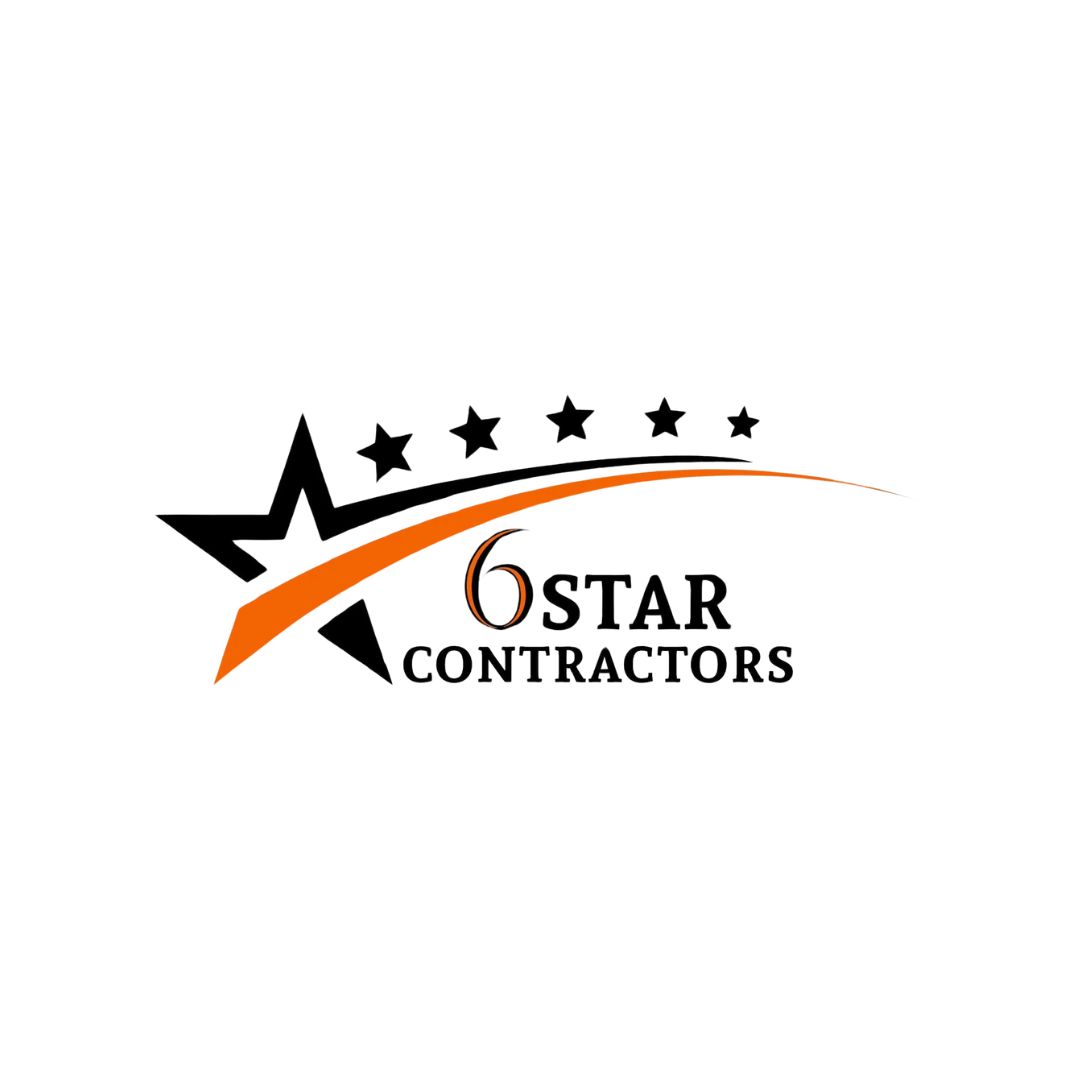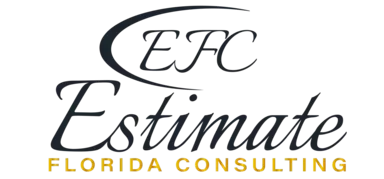| Specification | Details |
|---|---|
| Capacity Range | 150 – 2,000+ Tons |
| Efficiency | 0.37 – 0.45 kW/ton |
| Payback (National Avg.) | 4 – 7 Years |
- Homepage
- Next-Gen HVAC Systems (Smart & High-Efficiency)
Next-Gen HVAC Systems (Smart & High-Efficiency)
Leading provider of hvac system estimating services.
Heating, ventilation and air conditioning (HVAC) systems are responsible for approximately 40% – 50% of the total energy consumption in commercial and residential buildings. In 2025, rising energy costs, new carbon-reduction regulations, and growing demand for intelligent building systems are accelerating the adoption of next-generation HVAC technologies across the United States. These new systems are not just more efficient—they are connected, self-optimizing, and able to dynamically respond to environmental and occupancy changes in real time through integrated sensors and AI-driven controllers.
In Florida, where cooling loads dominate and energy costs steadily rise year after year, high-efficiency HVAC systems are no longer viewed as optional upgrades.
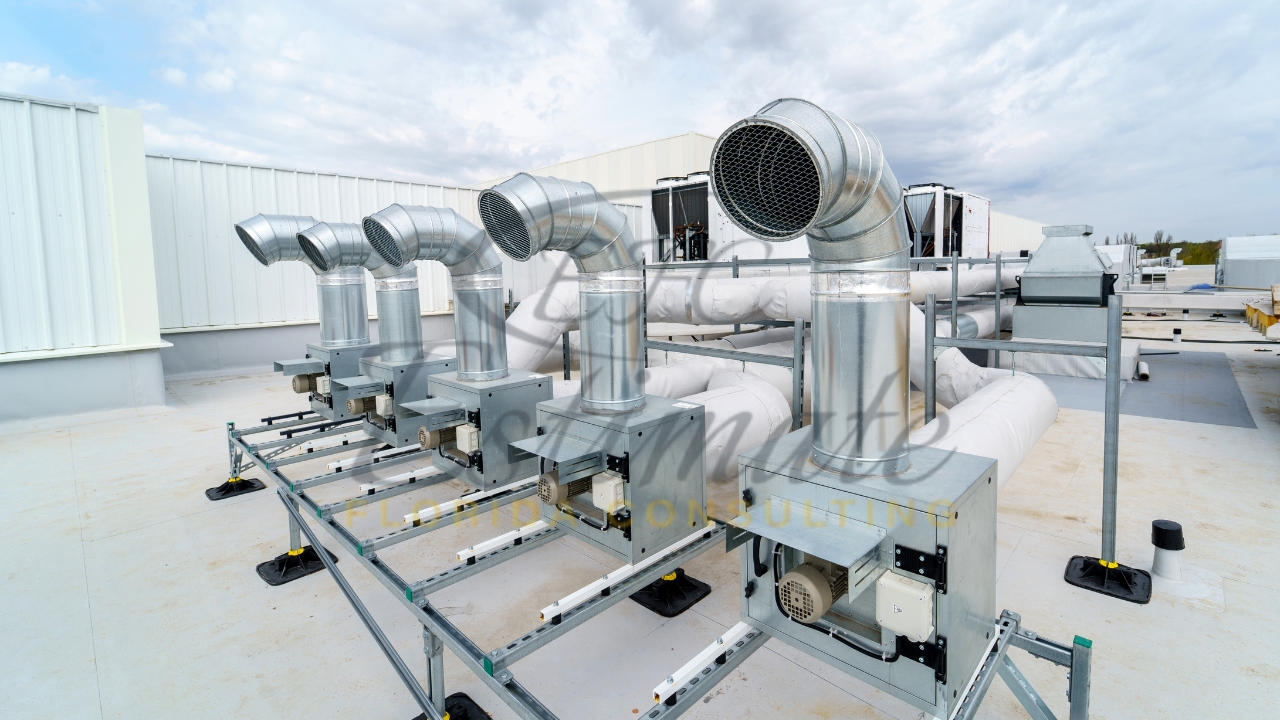
They have become critical design components that directly impact long-term operating costs, indoor comfort, and building valuation. Condominium developers in Miami, school boards in Orlando, and healthcare owners in Tampa are all specifying smart HVAC solutions that automatically improve performance through data-driven control strategies.
What Are Next-Gen HVAC Systems?
Next-generation HVAC systems combine high-efficiency mechanical equipment (heat pumps, VRF systems, magnetic bearing chillers) with intelligent digital control platforms that allow the system to continuously optimize itself based on real-time environmental data.
These systems typically include:
Category | Description |
High-Efficiency Equipment | Variable capacity compressors, inverter-driven motors, low-friction chiller bearings |
Smart Sensors | Measure temperature, humidity, occupancy, CO₂ levels |
AI-Enabled Controls | Automatically adjust setpoints and equipment operation |
Connectivity | Integration with IoT devices, BAS and cloud-based monitoring |
Key Drivers for High-Efficiency HVAC Adoption
Escalating Energy Costs
Energy prices have risen 14–17% nationally over the last 24 months and continue trending upward. HVAC energy consumption is a major operating cost for building owners, particularly in hot-humid climates such as Florida.
Carbon Reduction Legislation
Local and state governments are adopting new energy codes (IECC 2024, ASHRAE 90.1-2022). Many require higher equipment efficiencies and more granular control of HVAC load.
Increased Occupant Expectations
Occupants expect improved indoor air quality, thermal comfort and personalized control of space conditions. Smart HVAC systems provide real-time environmental monitoring and adaptive responses.
Incentives and Tax Credits
Federal and state incentive programs are now available for high-efficiency HVAC components, such as air-to-water heat pumps, VRF systems, and energy recovery ventilators.
Looking For
HVAC Professionals For Your Project?
National Market Trends (2025)
Indicator | Value |
% of New Commercial Projects Using Smart HVAC | 47% |
National Average HVAC Energy Savings (Smart vs Traditional) | 18% – 26% |
Average VRF Market Growth (2024–2025) | 12.5% |
% of New Multifamily Including Smart Thermostats | 60%+ |
Sectors leading adoption:
- Healthcare
- Higher Education
- Government / Civic Buildings
Multifamily Residential
Florida-Specific Drivers and Market Conditions
Florida’s climate profile makes efficient cooling systems essential for virtually every sector.
Driver | Impact |
Cooling Degree Days (CDD) | Florida has one of the highest CDD profiles in the U.S. |
Humidity / Moisture Loads | Drives demand for systems with enhanced dehumidification |
Older Building Stock | Many buildings still use legacy split systems with low SEER ratings |
Coastal Resiliency Requirements | Owners moving toward equipment with corrosion resistant components |
Florida markets where smart HVAC adoption is growing fastest include Miami-Dade, Orlando, Tampa Bay, and Fort Myers due to rapid new construction and large retrofit programs (hotels, schools, multifamily).
Core Technologies Used in Next-Gen HVAC
Technology | Description |
Variable Refrigerant Flow (VRF) | Modular heat pump system with variable-capacity compressors |
Magnetic Bearing Chillers | Oil-free, low-friction chillers with very high efficiency (0.38 – 0.45 kW/ton) |
Smart VAV / Diffusers | Automatically adjust airflow in individual zones |
Advanced Heat Pumps | Inverter-driven compressors for higher part-load efficiency |
Energy Recovery Ventilation (ERV) | Transfers heat/moisture from exhaust air to supply air |
Smart HVAC Controls and Sensor Integration
Smart HVAC systems rely on data inputs from field sensors to adjust output.
The most common sensors used in 2025 include:
Sensor | Function |
Temperature | Zone-level temperature measurement |
CO₂ / VOC | Measures indoor air quality and occupant density |
Humidity | Controls latent heat removal / dehumidification |
Occupancy Sensors | Enables dynamic zone control (occupied vs vacant) |
Power Monitoring Sensors | Tracks system energy use in real time |
Smart thermostats and advanced BAS platforms (Niagara 4, Tridium, Johnson Controls Metasys, etc.) increasingly use machine learning algorithms to “learn” building usage patterns and apply predictive adjustments.
High-Efficiency Chillers, Heat Pumps and VRF Systems
Variable Refrigerant Flow (VRF)
Attribute | Value |
SEER Rating Range | 21 – 25 |
COP | 3.0 – 3.8 |
Energy Savings vs Traditional Split Systems | 25 – 40% |
VRF systems allow simultaneous heating and cooling in different zones and are highly suited to multifamily, hospitality and commercial office buildings throughout Florida.
Magnetic Bearing Chillers
Magnetic bearing chillers use levitating bearings, eliminating the need for oil. They operate very efficiently at part load conditions.
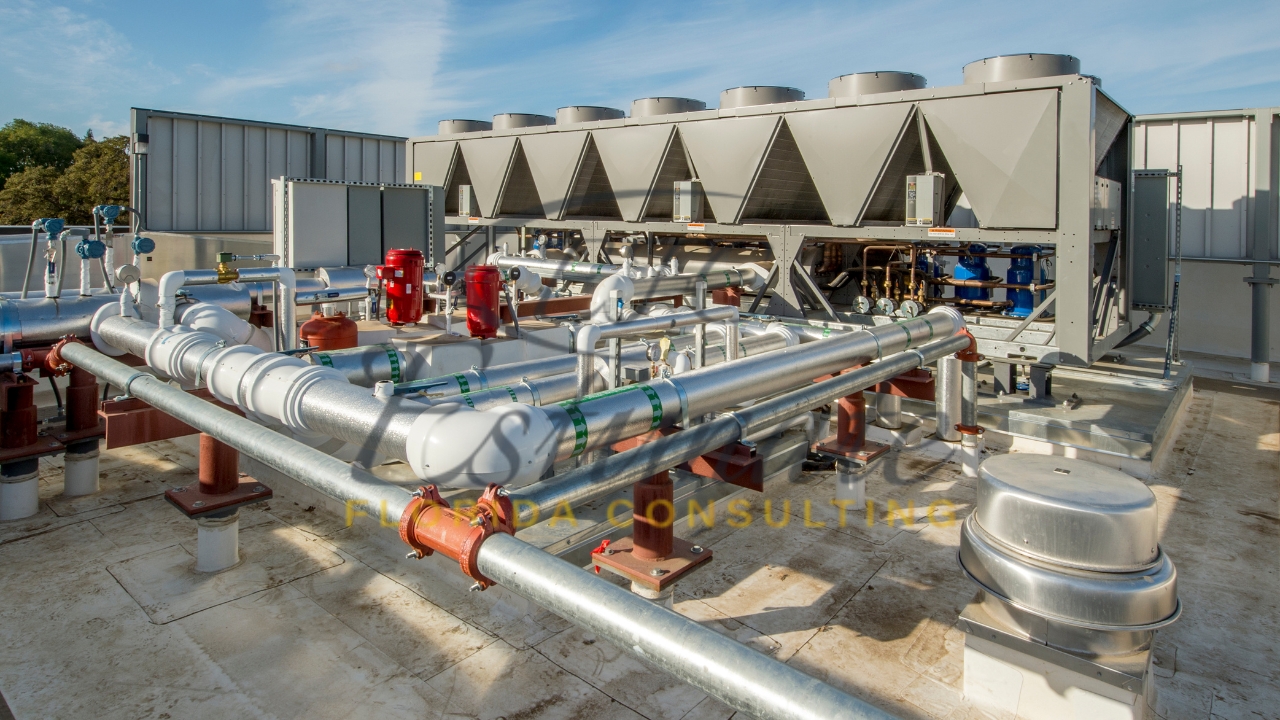
Heat Pump Systems
Heat Pump Type | Description |
Air-to-Air | Common in single-family and low-rise residential |
Air-to-Water | Used for chilled/hot water systems in commercial |
Water-to-Water (Geothermal) | Higher install cost, but 35–45% energy savings |
Florida is well suited to air-source heat pumps due to consistently warm outdoor temperatures.
Advanced Air Distribution and Ventilation Systems
System Type | Characteristics |
Demand-Controlled Ventilation (DCV) | Adjusts ventilation rate based on CO₂ levels |
Displacement Ventilation | Supply air delivered at low velocity at occupant level |
Variable Air Volume (Smart VAV) | VAV boxes with networked sensors and modulating dampers |
Dedicated Outdoor Air System (DOAS) | Separates ventilation from cooling/heating for higher efficiency |
DOAS paired with VRF is increasingly used in humid climates like Florida to decouple latent load management from sensible cooling.
Call Us Now!
We Provide 3D Rendering Services!
For HVAC and Other Projects
Turnaround time is 1-2 days.
Win More Projects With Us
Cost Breakdown and Payback Periods
Typical Cost Range – New Construction (Per Square Foot)
System Type | Cost per SF | Notes |
Traditional Packaged Rooftop | $22 – $32 /SF | Basic controls |
VRF + Smart BAS | $30 – $44 /SF | Zonal controls + optimization |
Chilled Water (Mag Bearing + BAS) | $35 – $55 /SF | For large buildings |
Payback Period Estimate
Upgrade | Energy Savings | Payback |
Smart Thermostats | 8–14% | 12–18 Months |
VRF vs Split Systems | 25–40% | 3–4 Years |
Magnetic Bearing Chiller | 20–30% | 5–7 Years |
Energy Recovery Ventilation | 10–20% | 4–6 Years |
National vs Florida Cost Comparisons (2025)
Region | VRF Cost per SF (Avg) | Magnetic Chiller Cost per Ton |
National Average | $31 – $43 /SF | $880 – $1,050 per ton |
Florida Average | $33 – $46 /SF | $920 – $1,130 per ton |
Slightly higher costs in Florida are due to:
- Higher labor rates for HVAC trades
- Added cost for corrosion-resistant materials
Additional dehumidification requirements
Integration with Building Automation and AI Platforms
Next-gen HVAC systems typically connect to a Building Automation System (BAS) or cloud-based AI optimization platform. These platforms use algorithms that continuously evaluate energy usage, predict future demand, and dynamically adjust HVAC zoning to maintain comfort while minimizing consumption.
Integration Type | Benefit |
BAS + Metering | Real-time monitoring and control |
BAS + AI Optimization | Predictive control based on learning |
BAS + Occupancy Sensors | Dynamic setpoint adjustment per zone |
AI systems can reduce total HVAC energy use 10−15% beyond basic BAS control alone.
Commissioning and Ongoing Optimization
High-efficiency HVAC systems require enhanced commissioning (Cx) to verify performance at startup and ongoing optimization to ensure systems remain in peak condition.
Commissioning Checklist
- Functional testing of VRF controls / sequences
- Verification of sensor calibration
- Performance testing at part-load and full-load
- Data trending for fine tuning
After commissioning, many Florida owners use monitor-based commissioning (MBCx) platforms that integrate data analytics and AI to ensure persistent efficiency over the system’s life cycle.
- Functional testing of VRF controls / sequences
- Verification of sensor calibration
- Performance testing at part-load and full-load
- Data trending for fine tuning
After commissioning, many Florida owners use monitor-based commissioning (MBCx) platforms that integrate data analytics and AI to ensure persistent efficiency over the system’s life cycle.
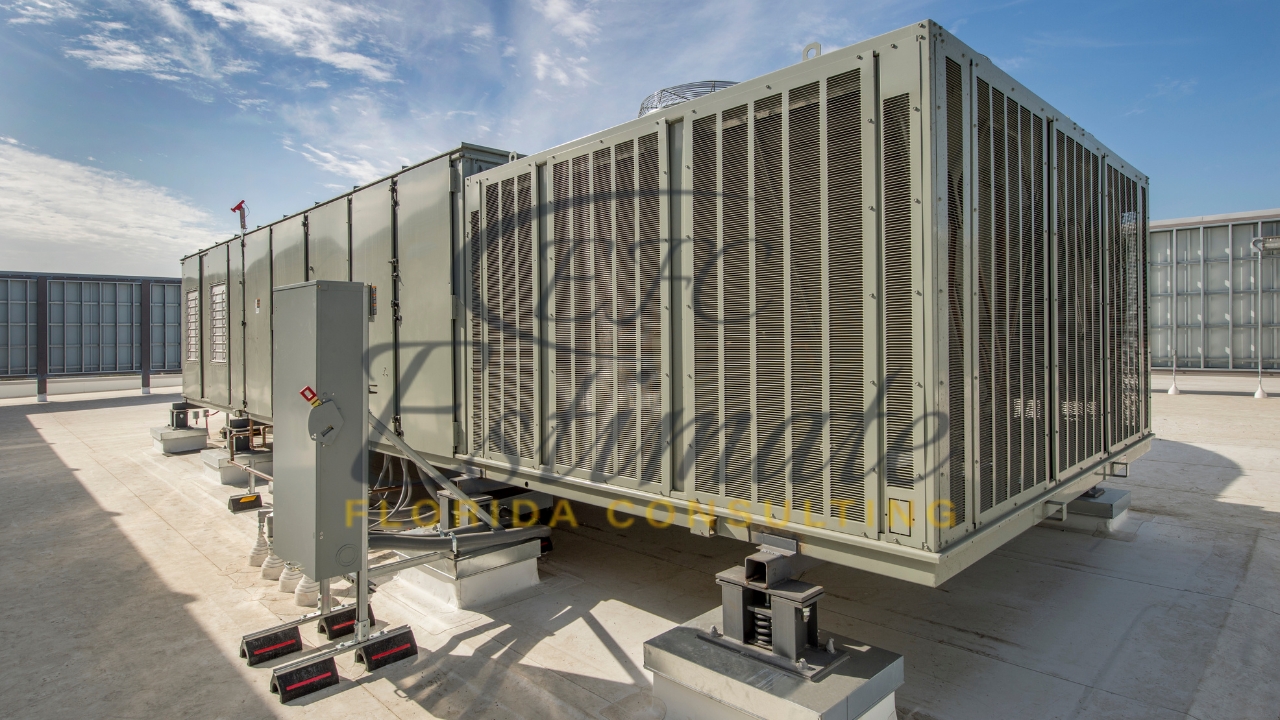
Challenges and Implementation Considerations
Challenge | Description |
Higher Upfront Cost | VRF and high-efficiency chillers require larger initial capital |
Skilled Controls Technicians | Shortage of technicians who understand AI + BAS systems |
Integration with Legacy Systems | Difficult to integrate with older control systems |
HVAC Trade Coordination | Dynamic airflow systems require close coordination with electrical and controls contractors |
Humidity Control in Florida | Must ensure systems are configured for latent load or sites may require supplemental dehumidification |
Future Outlook (2026–2027)
Trend | Expected Impact |
AI-Powered Predictive Maintenance | Reduced downtime and improved system longevity |
Building-to-Grid Communication | HVAC systems will respond to grid demand signals |
Next-Gen Heat Pumps (CO₂ Refrigerant) | Higher efficiency and reduced greenhouse gas use |
Integrated HVAC + Lighting Control Systems | Full envelope energy optimization via combined platforms |
Smart Dehumidification for Humid Regions | New systems specifically designed for high latent loads (Florida and Gulf Coast) |
By 2027, energy code requirements in Florida may require all new commercial projects over 50,000 SF to include variable capacity HVAC equipment and smart control systems capable of monitoring IAQ.
Get 5 New Projects in the Next 7 Days With Our System
Conclusion
The next generation of HVAC systems deliver far more than traditional heating and cooling. They incorporate variable-capacity mechanical equipment, predictive control algorithms, data-driven energy optimization, and advanced monitoring systems—providing substantial improvements in both energy efficiency and indoor environmental quality.
On a national level, smart and high-efficiency HVAC systems are being adopted in all building sectors; however, Florida’s hot-humid climate and high growth rate make it one of the most active markets for next-gen HVAC deployment. Owners and developers in Miami, Orlando, Tampa, and Jacksonville are increasingly prioritizing VRF systems, magnetic bearing chillers, and AI-enabled BAS integration to reduce long-term operational costs and meet stricter energy performance targets.
While up-front capital costs may be higher, energy savings of 18–35%, improved occupant comfort, and the ability to dynamically respond to changing conditions make next-gen HVAC systems a strategic investment for 2025 and beyond. With the rapid development of predictive analytics, building-to-grid communication, and smart dehumidification solutions, the coming years will see even greater performance, reliability and long-term ROI for Florida-based construction and retrofit projects.
Question Answer
Frequently Asked Question
Next-Gen HVAC systems combine high-efficiency equipment like VRF systems, magnetic bearing chillers, and advanced heat pumps with smart sensors and AI-driven controls. These technologies continuously optimize performance, reduce energy use, and adapt to real-time occupancy and environmental conditions.
Smart HVAC systems reduce energy consumption by 18–35% compared to traditional systems. They achieve this by:
Using inverter-driven motors and variable-capacity compressors
Adjusting ventilation and cooling based on occupancy and CO₂ sensors
Leveraging AI controls that predict demand and optimize equipment operation
Florida’s hot, humid climate makes cooling loads the largest portion of building energy use. Next-gen HVAC systems:
Provide enhanced dehumidification
Use corrosion-resistant components for coastal resiliency
Reduce operating costs for schools, hospitals, hotels, and multifamily projects in Miami, Orlando, Tampa, and Fort Myers
Key technologies include:
Variable Refrigerant Flow (VRF) systems with 25–40% energy savings
Magnetic bearing chillers with efficiencies of 0.37–0.45 kW/ton
Energy recovery ventilators (ERVs) that capture heat and moisture
Smart sensors for temperature, humidity, occupancy, and IAQ
AI-enabled BAS platforms for predictive energy optimization
Typical costs (new construction, 2025):
Traditional rooftop units: $22–$32 per SF
VRF with smart BAS: $30–$44 per SF
Magnetic bearing chiller systems: $35–$55 per SF
Payback periods range from 1–7 years, depending on system type and building size.
Comprehensive Trade-Specific Estimates
At Estimate Florida Consulting, we offer detailed cost estimates across all major trades, ensuring no part of your project is overlooked. From the foundation to the finishing touches, our trade-specific estimates provide you with a complete and accurate breakdown of costs for any type of construction project.
Our Simple Process to Get Your Estimate
01
Upload Plans
Submit your project plans, blueprints, or relevant documents through our online form or via email.
02
Receive Quotation
We’ll review your project details and send you a quote based on your scope and requirements.
03
Confirmation
Confirm the details and finalize any adjustments to ensure the estimate meets your project needs.
04
Get Estimate
Receive your detailed, trade-specific estimate within 1-2 business days, ready for your project execution.


Client Trust Us
Our Clients & Partners
We pride ourselves on building strong, lasting relationships with our clients and partners across the construction industry.
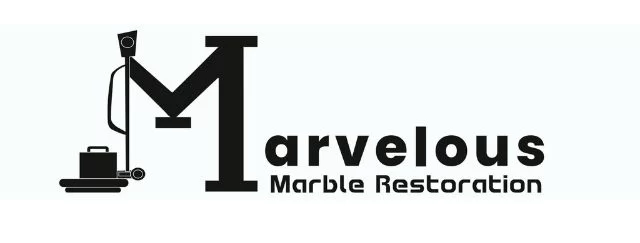

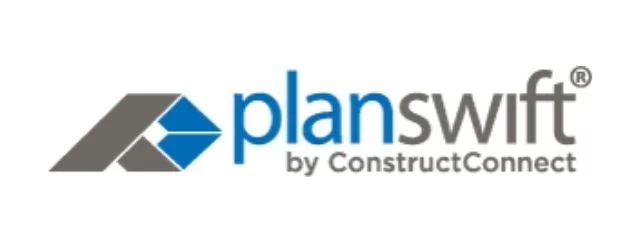
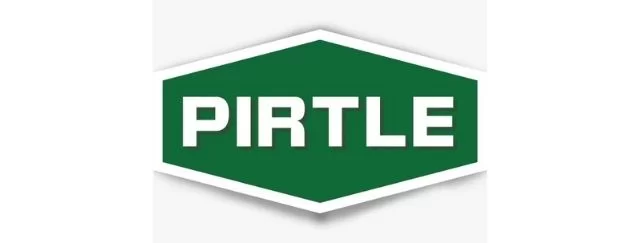

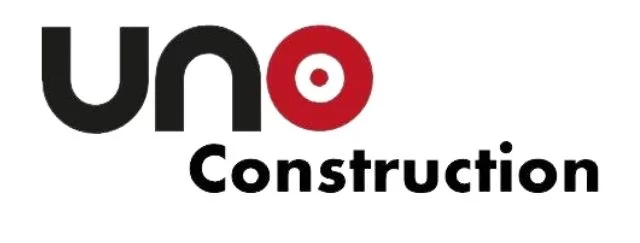


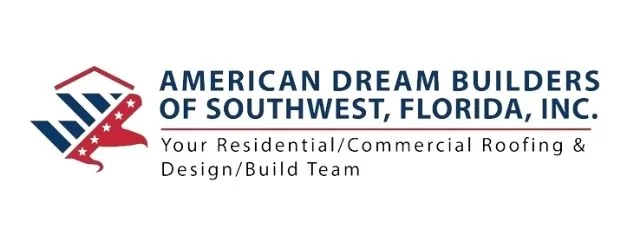
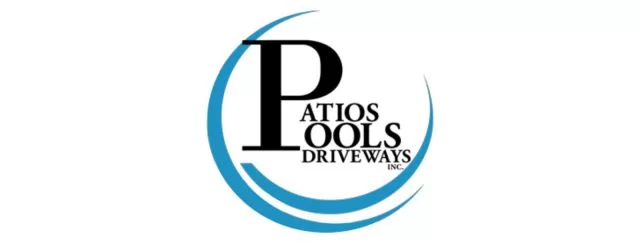

Testimonials
What Our Clients Say?
We take pride in delivering accurate, timely, and reliable estimates that help contractors and builders win more projects. Our clients consistently praise our attention to detail, fast turnaround times, and the positive impact our estimates have on their businesses.
Estimate Florida Consulting has helped us win more bids with their fast and accurate estimates. We trust them for every project!
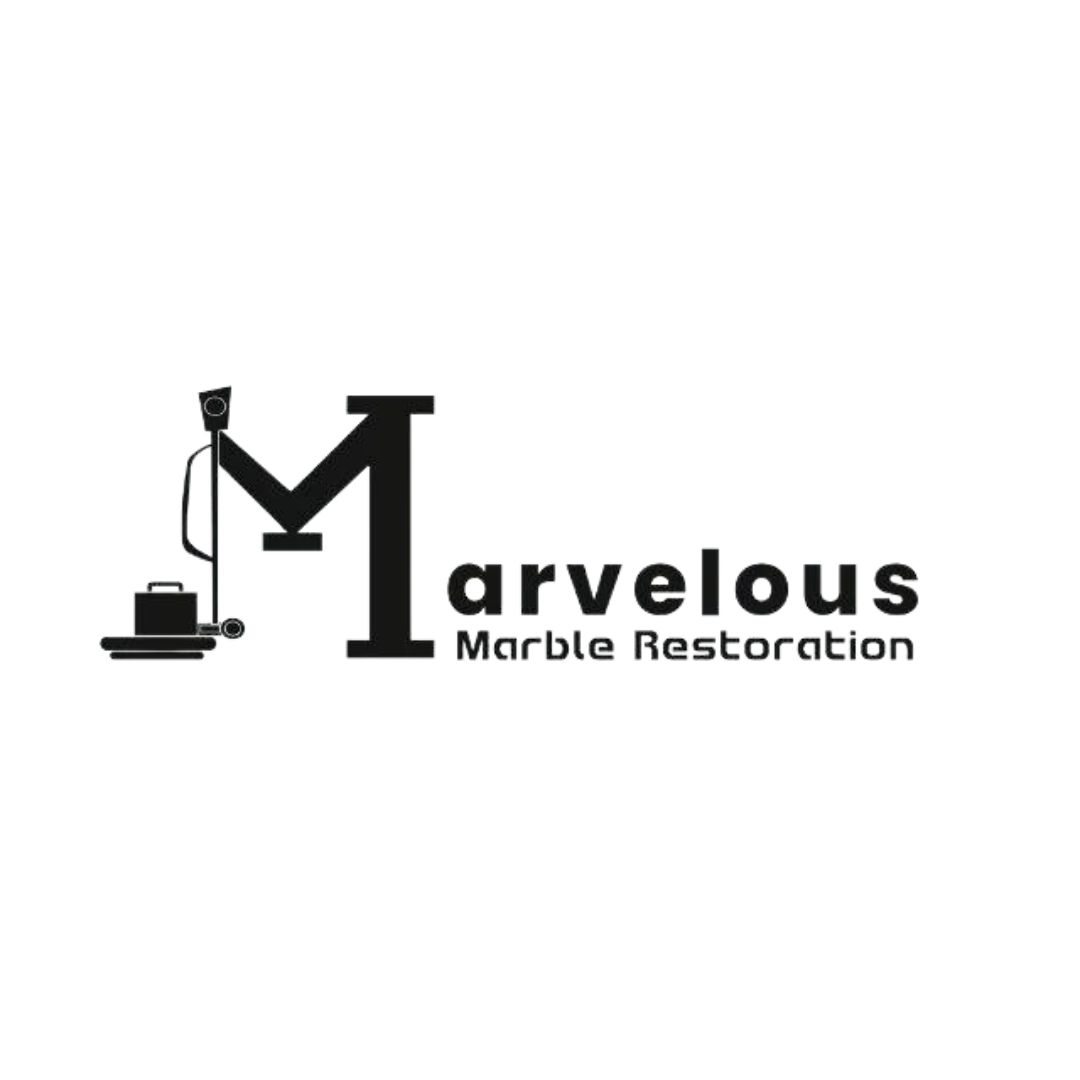
Marvelous Marble
Manager

